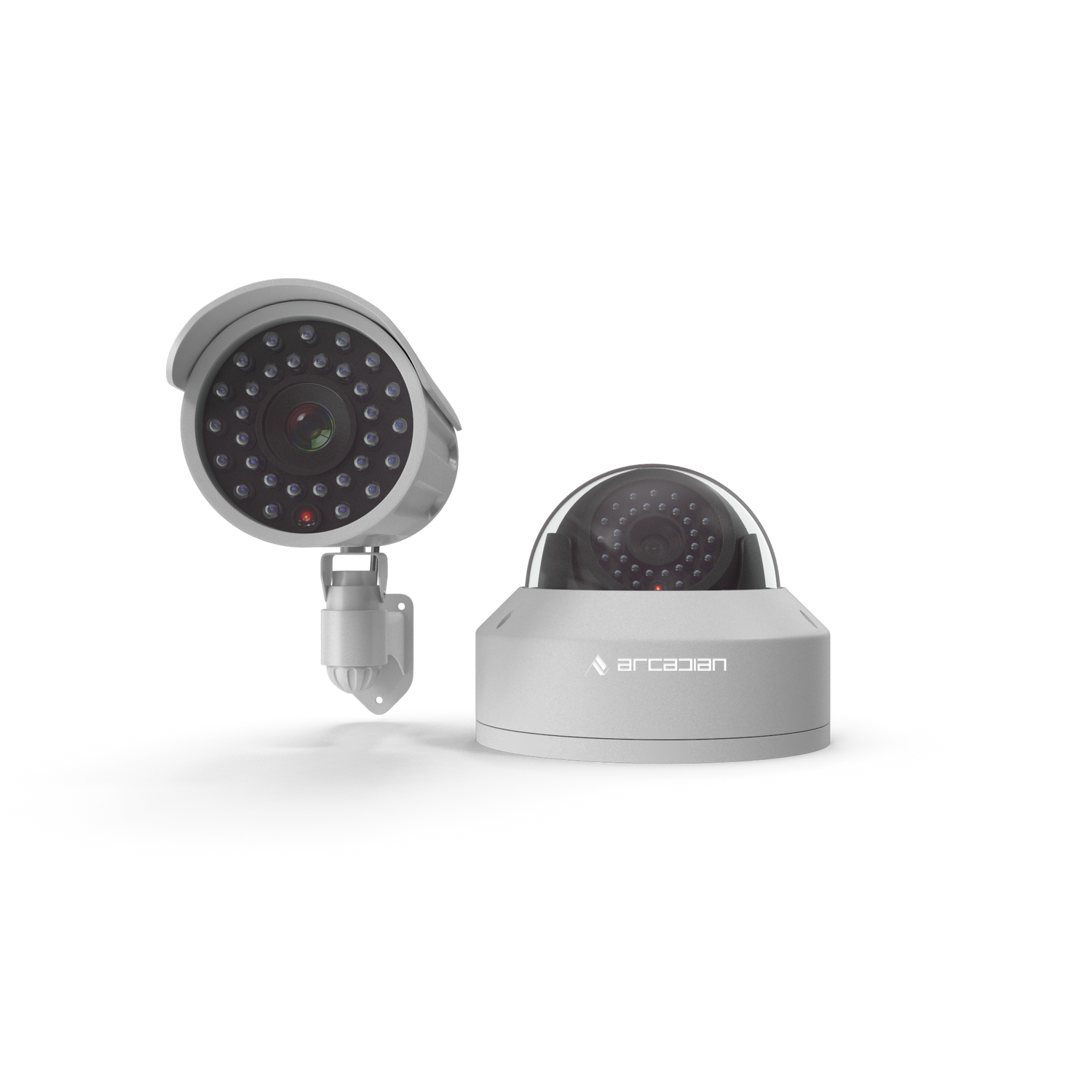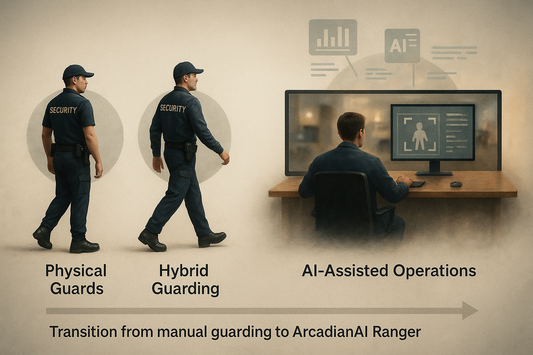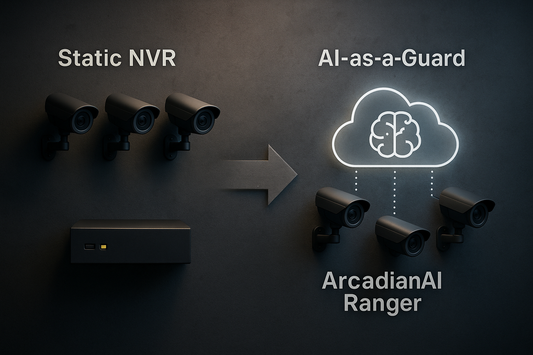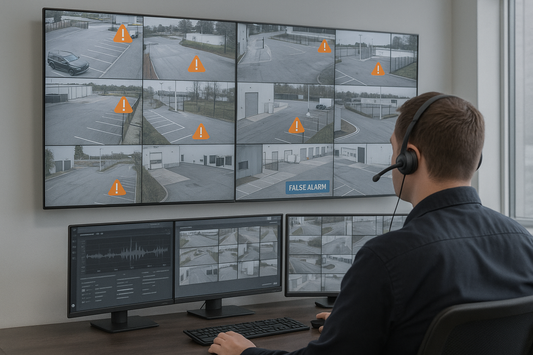Introduction: Facing a Hidden Challenge
Employee theft is a sensitive yet pervasive issue for retail stores. From mismanaging cash to stealing inventory, employee theft costs U.S. retailers over $50 billion annually (Source: National Retail Federation). Preventing these losses requires a combination of advanced technology, proactive policies, and a strong workplace culture.
In this blog, we’ll explore actionable strategies to detect and prevent employee theft, ensuring your business remains secure and profitable.
1. Leverage AI-Powered Video Surveillance
Why It Matters:
Traditional surveillance systems are limited to manual monitoring and post-incident review. Advanced AI-powered video analytics offers real-time detection of suspicious activities.
How It Works:
-
Behavioral Analysis: AI detects unusual behavior, such as frequent trips to storage areas or lingering at cash registers.
-
Object Recognition: Tracks the movement of inventory and alerts managers to irregular handling.
-
Event Tagging: Automates the review process by tagging events like unauthorized access or tampering.
Example:
A clothing retailer implemented AI surveillance and reduced inventory shrinkage by 30% in six months by identifying and addressing theft patterns.
2. Monitor Point-of-Sale (POS) Transactions
Why It Matters:
Cash handling and fraudulent refunds are common methods of employee theft. A POS monitoring system can detect discrepancies in real-time.
Best Practices:
-
Track Irregular Patterns: Monitor unusual activities like voided sales, excessive discounts, or refunds without receipts.
-
Integrate Video Footage: Link POS systems with surveillance cameras to cross-check suspicious transactions.
-
Automate Alerts: Set thresholds for unusual activities, triggering alerts for managerial review.
Stat: Retailers using integrated POS and video analytics see a 25% reduction in transaction-related theft (Source: Retail Tech Study).
3. Implement Access Control Systems
Why It Matters:
Controlling access to sensitive areas like stockrooms and cash offices reduces opportunities for theft.
How to Use Access Control:
-
Role-Based Permissions: Grant access only to authorized personnel.
-
Mobile Access Solutions: Use digital credentials to track and manage employee access.
-
Audit Trails: Maintain logs of all entries and exits for accountability.
Example:
A grocery chain reduced stockroom losses by 20% after introducing mobile access controls and regular audit reviews.
4. Conduct Regular Audits and Inventory Checks
Why It Matters:
Frequent audits and reconciliations discourage theft and help identify discrepancies early.
Best Practices:
-
Cycle Counting: Focus on high-risk items with frequent inventory checks.
-
Random Audits: Conduct unscheduled spot checks to deter dishonest behavior.
-
Digital Tracking: Use RFID or barcodes for real-time inventory tracking.
Stat: Businesses conducting regular audits report 40% fewer instances of inventory shrinkage (Source: Deloitte).
5. Foster a Transparent Workplace Culture
Why It Matters:
A culture of trust and accountability discourages theft and promotes honesty among employees.
How to Build It:
-
Clear Policies: Communicate anti-theft policies during onboarding and through regular training.
-
Anonymous Reporting: Set up systems for employees to report theft without fear of retaliation.
-
Recognition Programs: Reward employees for adhering to company values and preventing theft.
Example:
A retail store reduced employee theft by 15% after implementing anonymous reporting channels and a reward program for whistleblowers.
6. Use Predictive Analytics for Risk Assessment
Why It Matters:
Predictive analytics helps retailers identify high-risk employees or store locations based on historical data.
How It Works:
-
Identify Trends: Analyze patterns of theft incidents by location, role, or time.
-
Prevention Plans: Allocate resources, such as surveillance or audits, to high-risk areas.
-
Employee Screening: Use analytics to identify potential risks during hiring or promotions.
Stat: Retailers using predictive analytics reduce theft incidents by 35% (Source: Forrester).
7. Invest in Employee Training and Engagement
Why It Matters:
Educating employees about the impact of theft fosters a sense of responsibility and deters dishonest behavior.
Best Practices:
-
Anti-Theft Training: Teach employees how to recognize and report theft.
-
Engagement Programs: Boost morale to reduce motives for theft, such as dissatisfaction.
-
Leadership Development: Train managers to handle theft incidents sensitively and effectively.
Example:
A retail chain reduced theft by 20% after introducing anti-theft training as part of its onboarding process.
Comparison Table: Traditional vs. Tech-Driven Theft Prevention
| Feature |
Traditional Methods |
Tech-Driven Solutions |
| Surveillance |
Manual monitoring |
AI-powered, real-time analytics |
| Inventory Checks |
Manual counting |
RFID and real-time tracking |
| Access Control |
Physical keys |
Mobile-based, role-specific access |
| POS Monitoring |
Basic reporting |
Integrated with video analytics |
| Employee Engagement |
Policies and training |
Data-driven insights and predictive analytics |
8. Key Benefits of Proactive Theft Prevention
-
Reduced Financial Losses: Save on shrinkage and protect profit margins.
-
Improved Accountability: Create a transparent and trustworthy workplace.
-
Enhanced Security: Protect inventory and customer data with advanced systems.
-
Operational Efficiency: Streamline audits, inventory checks, and employee oversight.
-
Stronger Employee Morale: Build a culture that values integrity and teamwork.
Conclusion: Protecting Your Retail Business from Within
Employee theft is a challenge no retailer can afford to ignore. By combining advanced technology like AI surveillance and predictive analytics with a strong workplace culture and proactive measures, retail stores can detect and prevent theft effectively.
Ready to secure your retail store against internal threats?
👉 Contact Arcadian.ai today to learn how our AI-driven solutions can protect your business and enhance operational security.
Visit Us on Social Media
💼 LinkedIn
🌐 Facebook
📸 Instagram
🎥 YouTube
🎬 TikTok
🐦 X









